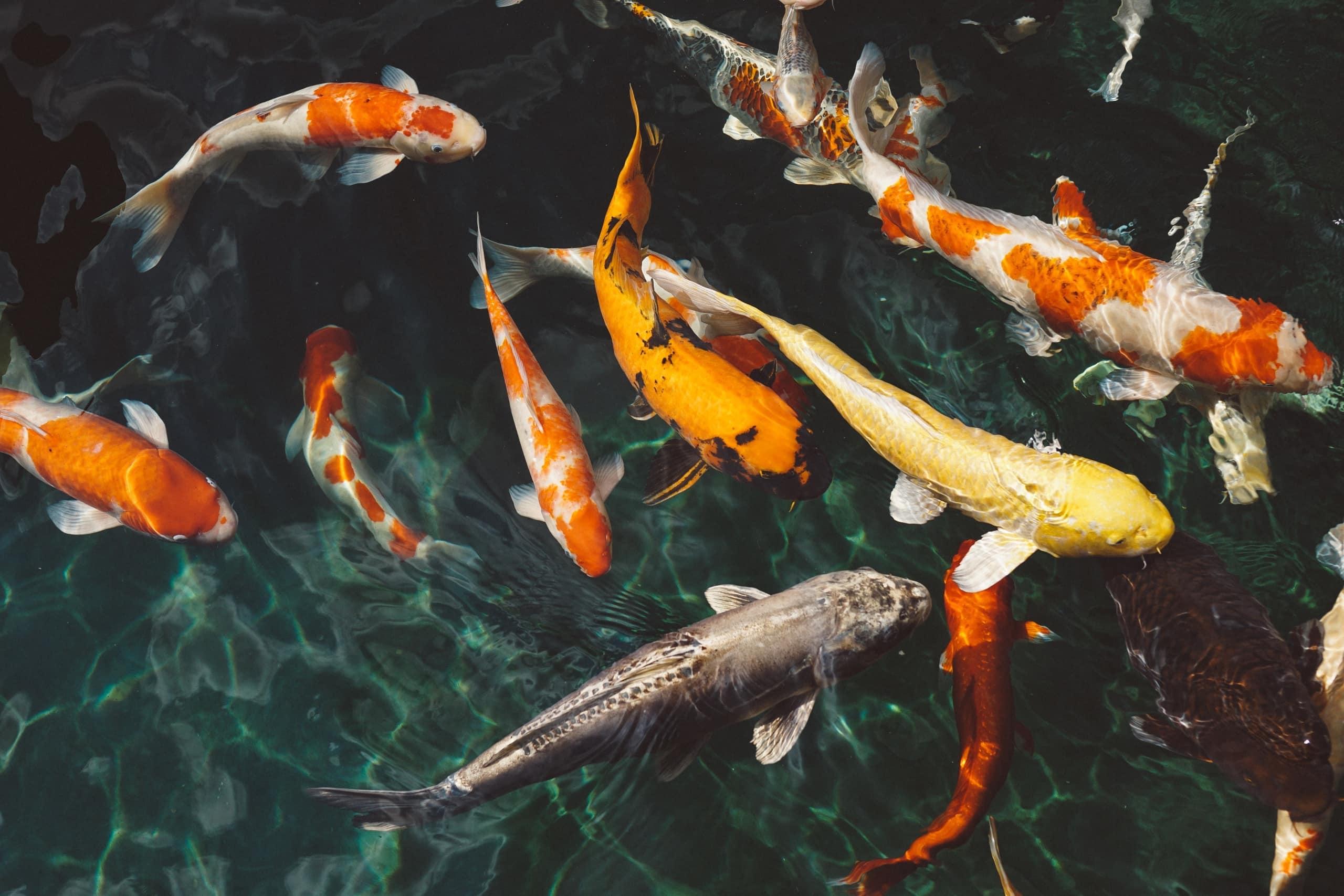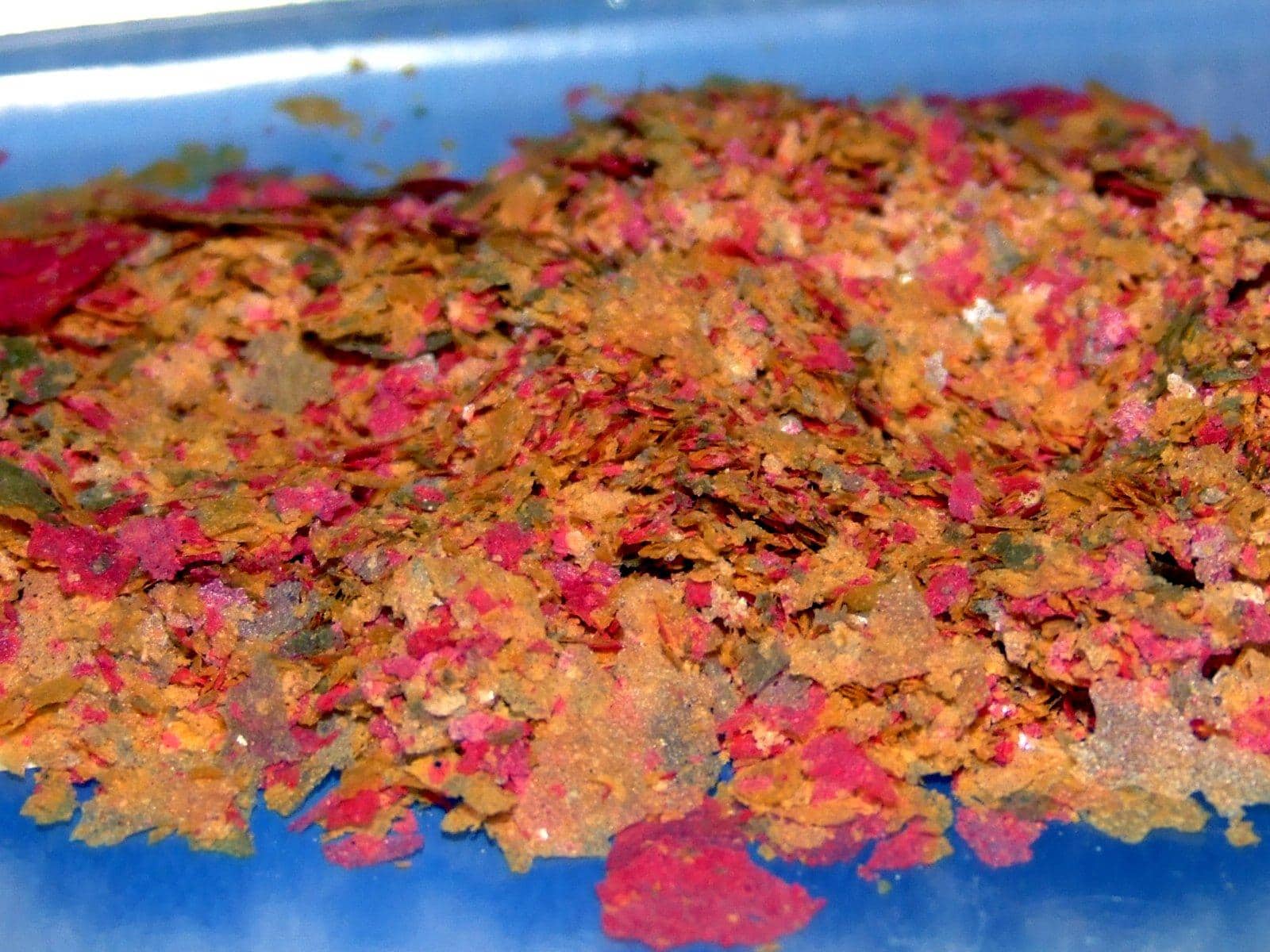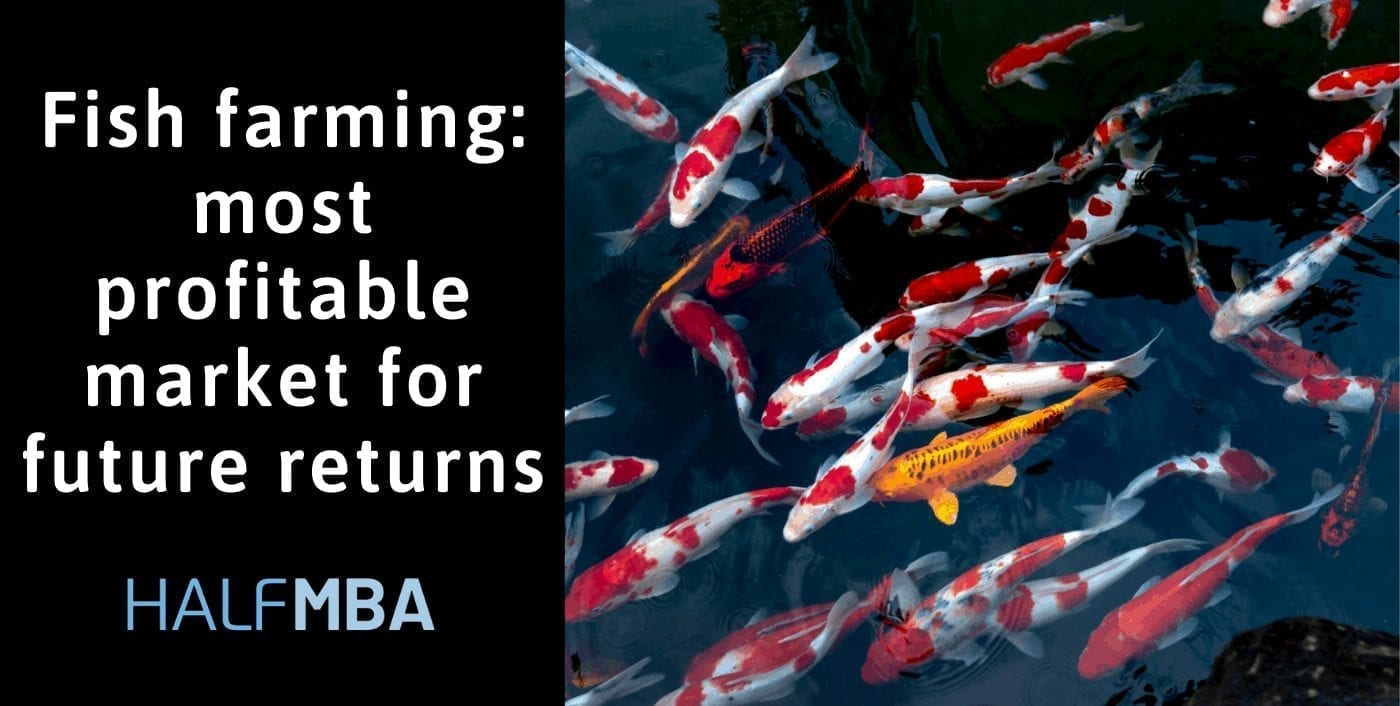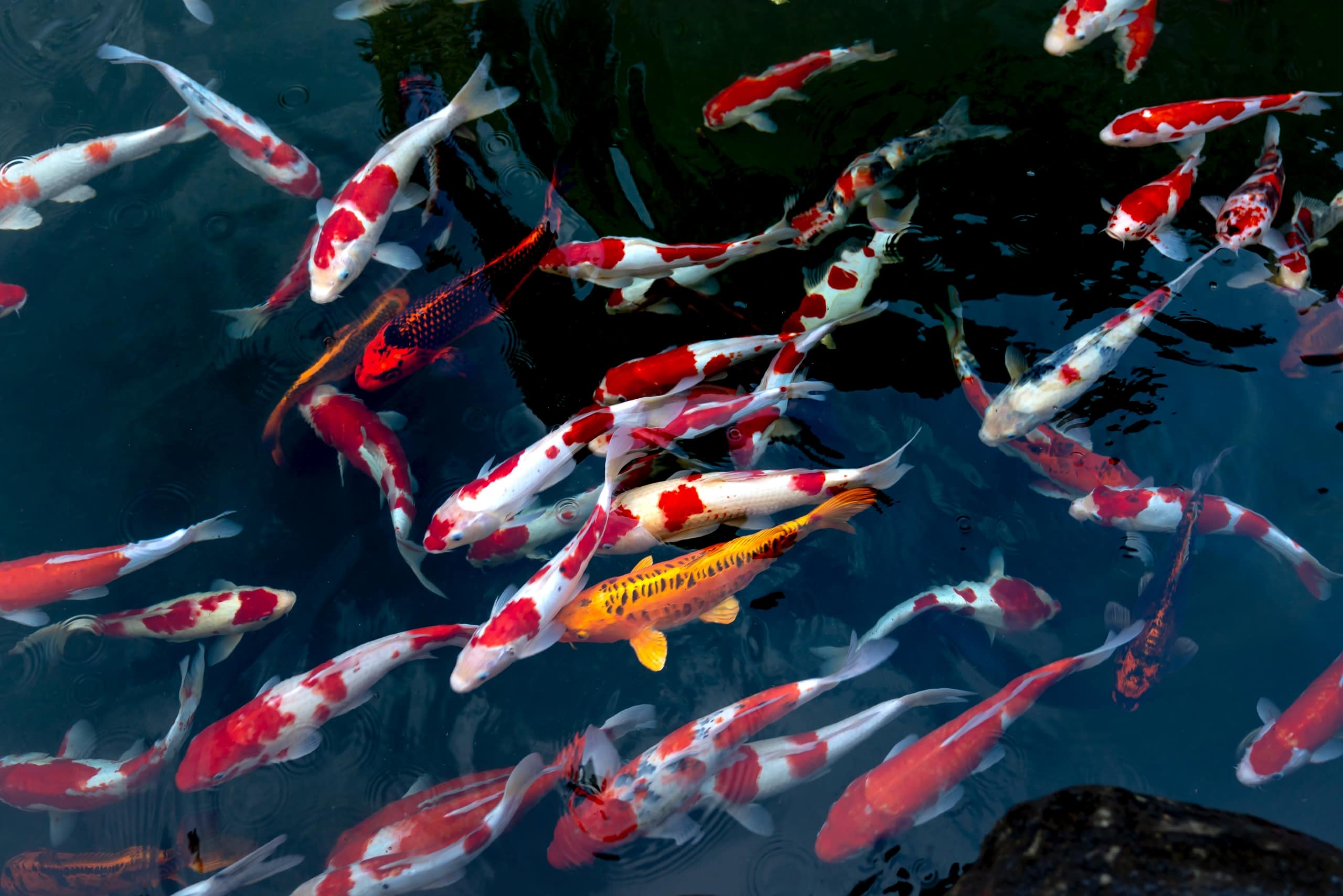Do you know? The tremendous growth rate in the fish market. Well, you would be wondering how? Most of the fish that you eat today come from fish farms, adding to the nutritional security of a balanced diet. Fish farming which is also known as pisciculture has now become so popular that it engages 14 million people towards diversified activities. that forms 10% of global biodiversity.
Apart from all the reasons, the most important thing is the huge returns from the industry’s leading position in exports, about 10.5 lacs tonnes of quantity is exported which makes India the world’s 5th largest exporter of fish and seafood.
It is well researched that fish farms are to produce nearly two-thirds of India’s fish supply by 2030. This is high time to invest in the long-run profit returning market. And if you choose ornamental fish farming then you are going to make huge money in no time.
Now let’s move to the ultimate guide you need for starting up a fish farming business in India.
Contents
Building a fish farming pond
Selection of Site
The prerequisite to constructing a pond is site selection. It ensures various specific requirements for the success of the fish farming business. site selection needs to be done by keeping in mind these factors
Ecological factors
Water
- An adequate amount of water supply is needed to maintain water depth at regular intervals.
- the ideal water temperature must be maintained which is between 20-30 degrees Celsius for a fish farm.
- Water salinity is an important factor that needs to be considered as some fish can tolerate saline water such as carp.
Soil
- water retention capacity of the soil is one of the major factors that you should consider while selecting the type of soil.
- To check whether the soil has good retention capacity, the squeeze method is generally used. Take the soil in wet hands and squeeze it, if the soil retains its shape after opening the palm, it is suitable for fish farming.
- Also, there is a groundwater test method to ensure soil suitability. you need to dig a pit of one-meter depth by covering with leaves, the next morning if it is filled with groundwater then it can be built.
- the last method is the water permeability test. Fill the pot with water and cover it with leaves. If the pit is found empty the next day morning then it is suitable. repeat the process to confirm.
Landscape
- Land topography is determined to avoid flood-prone areas and poor rainfall areas after which you can construct a pond. Also, industrial zone, densely rooted vegetation and electricity poles should be avoided.
Biological factors and operational factors
Biological factors are concerned with
- species to be cultured
- resources and availability of stocking materials (spawners, fry or fingerlings)
- type of project: small scale rural project, large scale mural project
- System of culture adopted: extensive, semi-intensive, intensive
- operational method: monoculture, polyculture, integrated
- production target
- the estimated size of the area required
While you are concerned with economic and social factors it is a must to know what kind of culture and traditions are locally associated with fish farming practices, you should also consider the social and economic background of the area. Other factors to keep in mind:
- development plans for the project area
- proximity to all-weather road connections
- information on local marketing methods or credits
- suitable transport facilities
- staff availability with adequate experience
- skilled and semi-skilled labor
Construction of a fish farming pond
you have three alternatives to start from,
- you can construct the farm wholly yourself
- you can hire a local contractor to do it
- you can partly do it yourself and partly under contract
After you have decided to opt from the three major alternatives, you can move on to pond construction by following a series of steps.
Site preparation
You need to prepare the site for the construction of a dike. All the heavy equipment, trees, bushes and other vegetation such as woods that can obstruct the movement should be removed.
Within 10-15 meters of surrounded by trees, tree stumps, large stones should be cleared and about 30 cm of soil has to be removed.
Digging of pond
Ponds can be constructed through two methods
- Dugout: To construct a pond in the plain area.
- Embankment pond: To construct a pond in hilly areas.
Construction of dike
After digging of the pond, as dike as per the desired conditions can be constructed using silt, sand, and clay. While digging through embankment pond dikes may be erected on 1 or 2 sides based on need.
Inlet and outlet construction
Inlet and Outlet are pipes that are constructed in a fish pond to provide quality water to the ponds. Inlet pipes are constructed at the top of the pond while outlet pipes are set up at the bottom of the pond.
Inlet pipes must fill water in the fish pond within 1 or 2 days and outlet pipes drain water during harvest. Inlet pipes help to avoid unwanted particles that can be entered and outlet pipes maintain the water quality of the pond.
Here, the outlet pipe is constructed before the construction of a dike.
Types of fish farming pond
Various kinds of ponds are built such as nursery, rearing, stocking, treatment and broodstock pond. Specific life stage development of fish needs specific ponds.
| Type of pond | Size | Water Depth |
| Nursery | 0.01 to 0.05 ha | 1.0 to 1.5 m |
| Rearing tank | 10 to 15 cm | 1.5 to 2 m |
| Stocking pond | 10 to 15 cm | 2.5 to 3.0 m |
| Bio pond | 10 to 18 cm | 2 to 3 m |
Choosing the right type of fish breed

For selecting the fish breed you need to consider various factors
- Type of fish: ornamental, freshwater or brackish water fish
- Type of water in the pond: freshwater or saline water (such as trout, sea lamprey breeds in freshwater whereas eels are born in saltwater but live in freshwater)
- Resource availability
- Climate conditions
- Market demand
- growth rate
- feed conversion
- Disease resistance
- Survival
- Quality and meat yields
You can grow breeds of fishes in various combinations such as two or more breeds of fish in the same pond or two fishes growing in different ponds and further breeding in the same pond.
Fish Nutrition

while you are feeding fish, the market standards are needed to be kept in mind. the weight of the fish must meet the market standards. To ensure proper feed, it is necessary to maintain water ph between 7 to 8.
The feed of the fish must contain proper nutrients as this factor plays a major role while it’s marketing. It must include essential nutrients like carbohydrates, proteins, vitamins, and fats. other minerals to be added too.
As the market for fish and seafood grows due to the high consumption of protein consumers. hence, it becomes necessary to add natural foods in the fish pond which will maintain the natural habitat for the growth of fish.
Regular Maintenance of Fish Farm
To maintain the fish farm, you need to take precautions especially for maintenance of water Ph level. You can also consider occasional water treatments to prevent viral attacks.
You can also read our article about shrimp farming to explore new ways to earn huge money.
Conclusion
Being at a shortage of fish farms in the country and government taking all measures to boost this sector, fish farming has become the most profitable business in India. Various subsidies that are given by the government to boost the market and rapid increase of consumers makes it a potential market for future high returns.
Have any queries? Do comment


